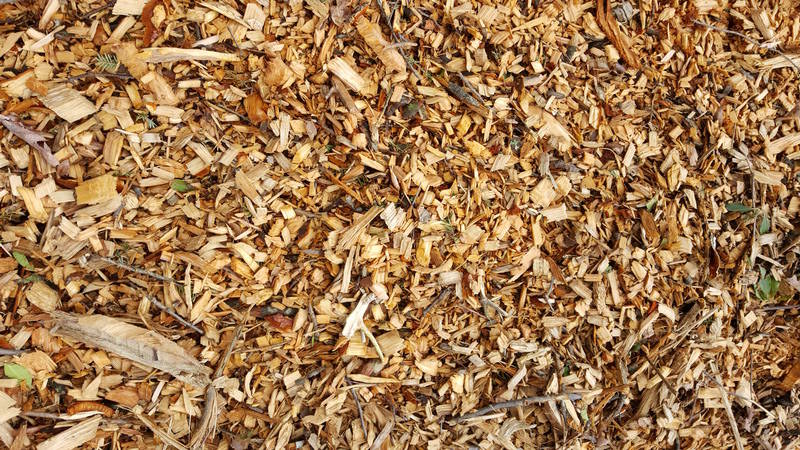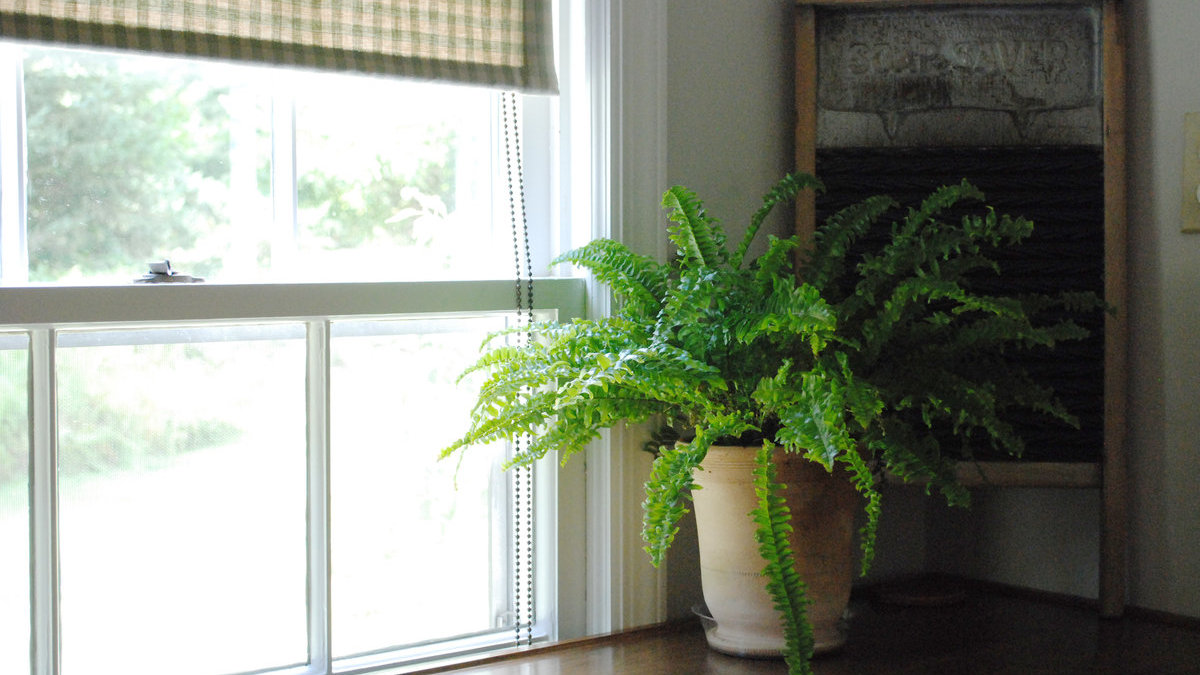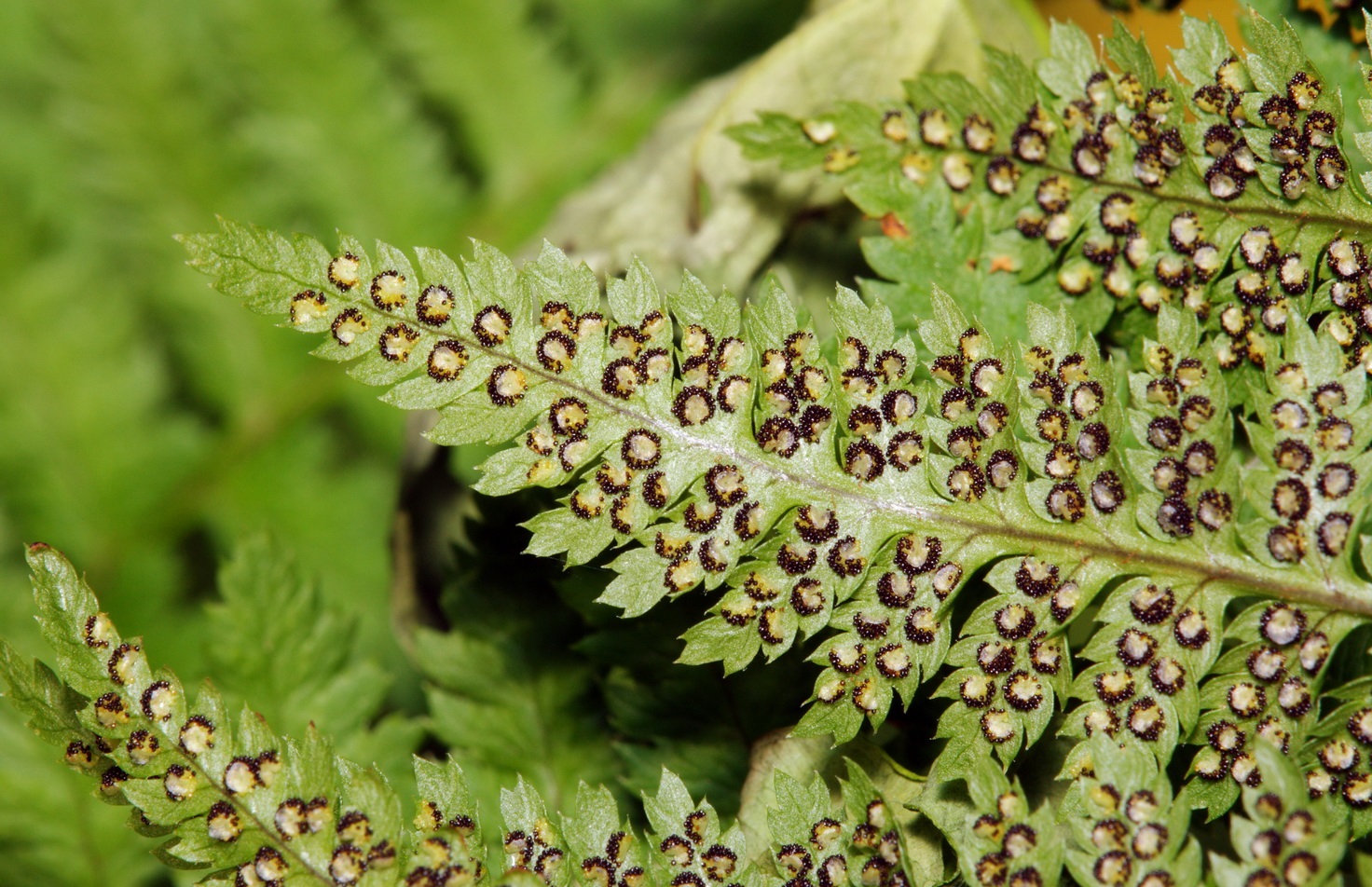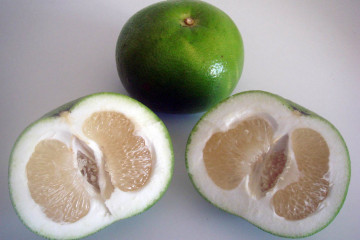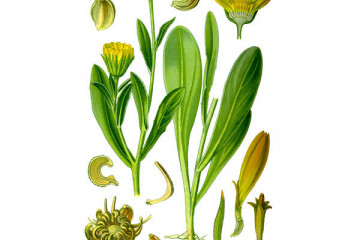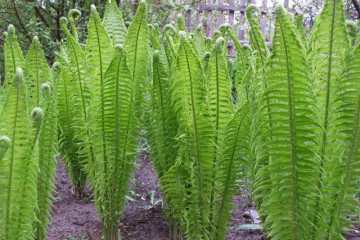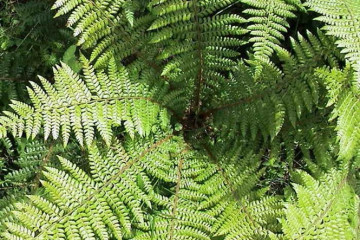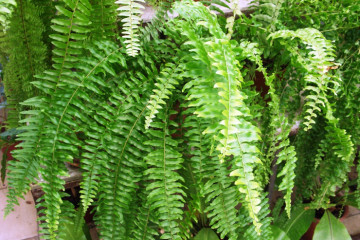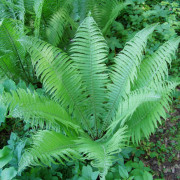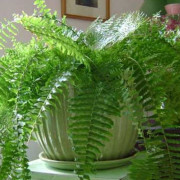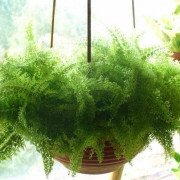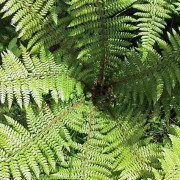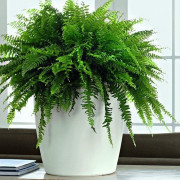Fern Orlyak - what it looks like and where it grows
Content:
Bracken fern is an unusual plant that can be found almost anywhere in the world. The only exceptions are regions where the air temperature does not rise above 2-3 degrees Celsius throughout the year. This type of fern can be grown at home. However, before that, you need to familiarize yourself in more detail with the description of such a plant and with the main features of its cultivation.
Short description
Bracken is a beautiful perennial plant that belongs to the Dennstedty family of the Fern class. The stems of this fern are quite powerful and tall. Under optimal conditions, they can grow up to one and a half meters in height. Small feathery leaves are formed on each stem. The top of the foliage is pretty smooth. Below are the so-called sporangia, in which spores mature over time.
The main feature of such ferns is a powerful root system. The rhizome of the plant grows horizontally into the surface of the soil, after which young shoots grow from it. The branches of the root system go deeper into the soil, absorb nutrients from it and feed the ground part of the bush.
Many people are interested in where the fern grows. Most often, such plants are found in small-leaved forests located in the middle lane. Less often, bracken can be seen in empty clearings without trees.
Some people grow this plant on their own for consumption, as well as to prepare medicinal decoctions. Ferns contain a number of chemically active substances that endow them with healing properties:
- Saponins. They help to cope with inflammatory processes in the body and promote metabolism.
- Carotene. Cleans the body of accumulated toxic substances.
- Tannin. Promotes tissue regeneration.
- Glycosides. Helps get rid of high blood pressure and normalizes the nervous system.
- Oils. Relieve inflammation and accelerate wound healing on the surface of the skin.
Outdoor cultivation
Many gardeners grow ferns outdoors. There are several guidelines to help you grow your bracken outdoors.
Choosing a place for planting
In order for the planted fern to take root and grow, it is necessary to find a suitable place for its cultivation. Planting such a plant should be carried out in shaded areas, deep in the garden. These shaded areas with moist soil are ideal for ferns.
Do not grow bracken in well-lit areas where direct sunlight can fall on it. Under bright light, the fern shrub will slowly develop. Its foliage will begin to stain and fall off.
Top dressing and watering
The soil under the bracken planted outdoors should always be moist. Therefore, it is necessary to water frequently. To ensure that the fern always has enough moisture, it is watered daily.At the same time, you should not use too cold water, as it can negatively affect the state of the root system. Most often, soil moistening should be done in late spring and summer. In winter, watering the fern bush is not necessary.
While caring for the bracken, you need to do not only watering, but also fertilizing. You can use the following as top dressing:
- Peat. It is added to the soil to improve its structure and saturate it with humus.
- Wood sawdust. They improve the looseness of the soil, due to which moisture begins to be absorbed many times faster.
- Nitrogen. Nitrogen-containing fertilizers are needed to improve the growth of planted ferns.
Growing at home
People who do not have the opportunity to plant a bracken on the street grow it in an apartment. Caring for a fern planted at home has a number of features that you need to familiarize yourself with.
Lighting and temperature
In the room where the bracken fern grows, there must be a suitable temperature. The plant will not grow normally if the room is too cold. Temperature indicators should be at the level of 15-25 degrees Celsius. In rare cases, it is allowed to drop the temperature to 10 degrees above zero.
Also, the room should not be too hot. If the temperature indicators exceed the permissible limits, it is necessary to ventilate the room more often and start fresh air.
It is no secret that the bracken does not like bright sunlight and therefore it cannot be grown on well-lit windowsills. To grow such a plant, it is better to choose shaded corners of the room.
Watering and humidity
Many are interested in what the air humidity should be for the bracken. Common fern should be grown in high humidity conditions. If the air in the room is too dry, you will have to spray the foliage daily. At the same time, it is better to spray the leaves twice a day - in the morning and in the evening.
When grown at home, you need to water the bracken abundantly and every day. To do this, you need to use water warmed up to room temperature.
Does the fern bloom
Some people wonder if a fern can bloom. There are many different beliefs according to which this plant blooms at night on Ivan Kupala. However, in fact, no one has yet been able to see the flowers of ferns, as they never bloom.
Breeding features
There are three main ways of breeding bracken:
- Mustache. A planted fern can reproduce with a rhizome mustache. These shoots are carefully dropped to a depth of 8-10 centimeters and watered with water for rooting.
- Bush division. In the middle of spring, you can start dividing fern bushes. In summer and winter, this is not worth doing.
- Disputes. The lower part of the leaf plates is covered with special tubercles, inside which spores are located. They can be used for planting in the ground. However, such spores must be germinated before planting.
Diseases and pests
Bracken, like other plants, sometimes suffers from diseases and pests. Among the most common diseases are the following:
- Anthracnose. If a fern bush begins to look painful and dark spots appear on its foliage, then it is sick with anthracnose.To get rid of the disease, the plant must be sprayed with a fungicide.
- Root rot. The development of this ailment is evidenced by the yellowing and wilting of the foliage. To stop the decay of the root system, the bush needs to be watered less.
- Spotting. The foliage of diseased plants is covered with brown and yellowish spots. To prevent the disease from spreading further, it is necessary to cut off all the affected leaves.
Among the insects that pose a danger to the bracken, one can distinguish aphids, thrips and scale insects. Fight against them by applying insecticides.
The bracken fern is a lush plant that is ideal for landscaping the site. People who bought fern seeds at retail should familiarize themselves with the peculiarities of planting and growing such a plant before planting them.


